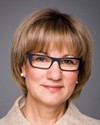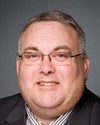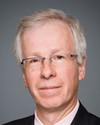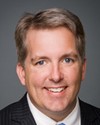That comes to the core of the proposal. The city of Saskatoon is naturally divided by the river. The areas that are connected in Saskatoon are the areas where you have transportation links, i.e., bridges. In the north part of Saskatoon, you don't have any bridges. They're planning for 2016 and eventually for 2020, but there's nothing there. There's no community back and forth.
When I sat down and talked with Mrs. Block about how we would make this work and what naturally fits, the downtown corridor is the one area where there is back and forth. You have a considerable number of university students who live in that triangle who walk across to the university on the other side of the river. You have bridges that you can walk or you can drive all in that area. That's the one portion of the city—as was referenced in Mrs. Block's testimony talking about municipal wards—where there's been historic back and forth, the original core of the neighbourhoods of Nutana and Saskatoon. That's why we suggested that be moved into Saskatoon—University, because that is a community of interest.
If you look at where we put the red lines, the sharp lines there, that's a commercial district where no one lives. You end up having a portion of several blocks before you start to get into population again. You have malls and office towers, and you no longer have a population there, and you have a very sharp economic divide on the other side of the red line. That's why that little red triangle naturally fits in moving back into Saskatoon—University. That's why, in the original proposal, I think the commissioners put it in.







